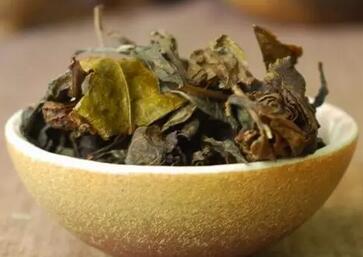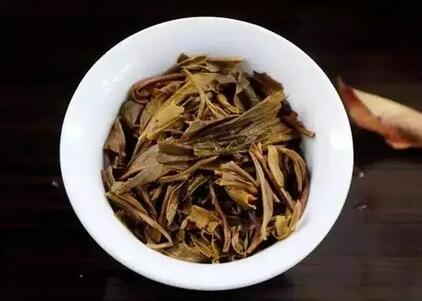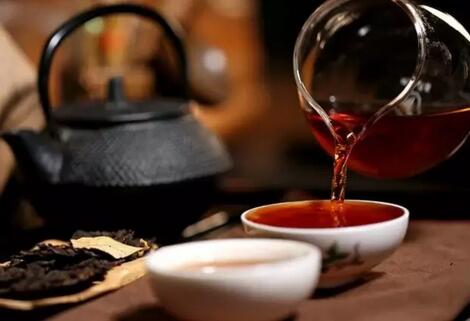
Sensory Changes
During storage, factors like moisture, temperature, and sunlight alter the soup color, taste, and aroma of raw Pu-erh. The soup color shifts from green-yellow to red-yellow, the aroma evolves from fresh to aged, and the sun-dried character diminishes or disappears.

Aroma Changes
Pu-erh tea earns its reputation as a "drinkable antique" due to its "better with age" quality, a key factor in pricing aged Pu-erh. Under proper storage conditions, aging develops aromas like roasted, phenolic, aged, and woody notes.

Changes in Extract Content
Extracts include tea polyphenols, soluble sugars, amino acids, caffeine, and water-soluble pectin. The level of water extracts reflects the soluble substances in Pu-erh tea, indicating the thickness of the soup and the intensity of the taste. However, there is no definitive conclusion on the relationship between aging time and extract content.

Soup Color Changes
Tea contains abundant polyphenols, a group of compounds primarily consisting of catechins, which are closely related to the soup color, taste, and aroma. Catechins are colorless, bitter, and highly astringent, prone to oxidation during storage. They first dehydrogenate into quinones, then polymerize into browning substances, collectively deepening the soup color over time.

Caffeine Content Changes
Caffeine, one of the characteristic compounds in tea, is the most abundant alkaloid. Studies consistently show that caffeine content decreases over time during storage.